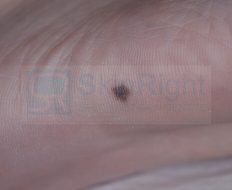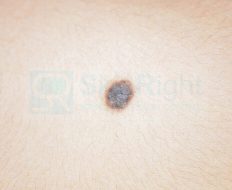SKIN PROBLEMS/
Naevus/Mole removal
CO2 Laser Mole Removal: An In-Depth Guide
A mole is a common skin condition which affects 1% of all babies at birth. It can be present at birth or appear later in life.
Moles, or melanocytic nevi, are common skin growths that most people will encounter at some point in their lives. While typically benign, some moles may require removal for cosmetic reasons or due to medical concerns such as changes in size, shape, or color. CO2 laser mole removal has emerged as a popular method due to its precision and minimal scarring. In this comprehensive guide, we will explore the intricacies of melanocytic nevi, the benefits of CO2 laser removal, potential complications, and essential post-treatment care.
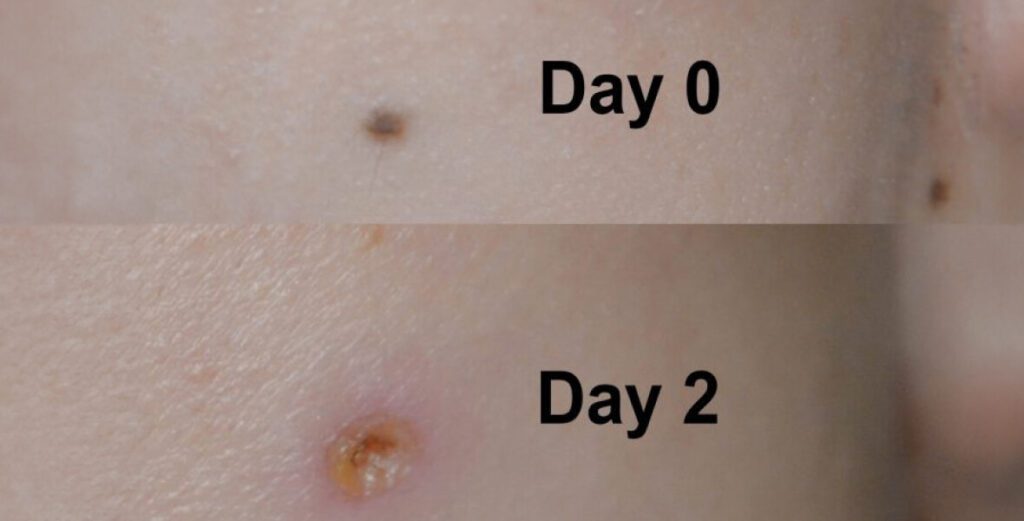
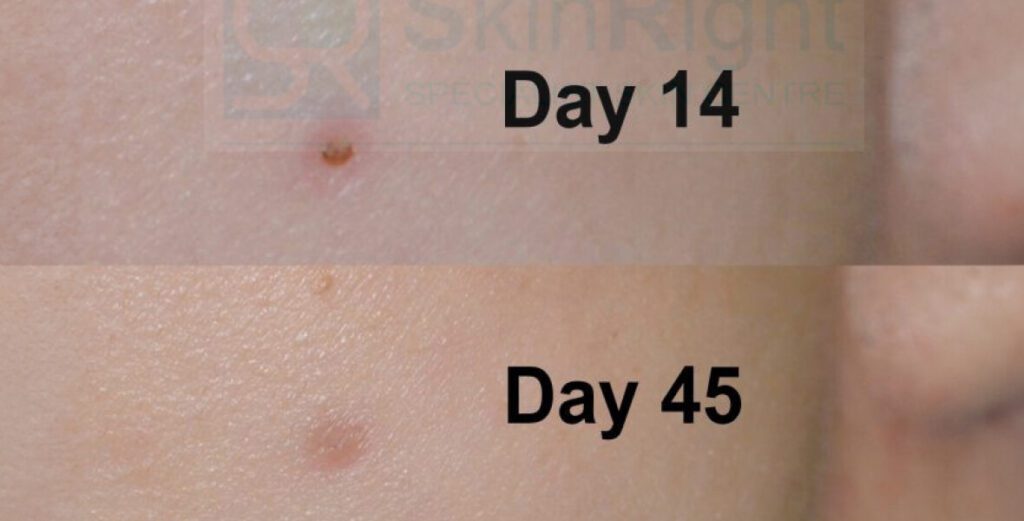
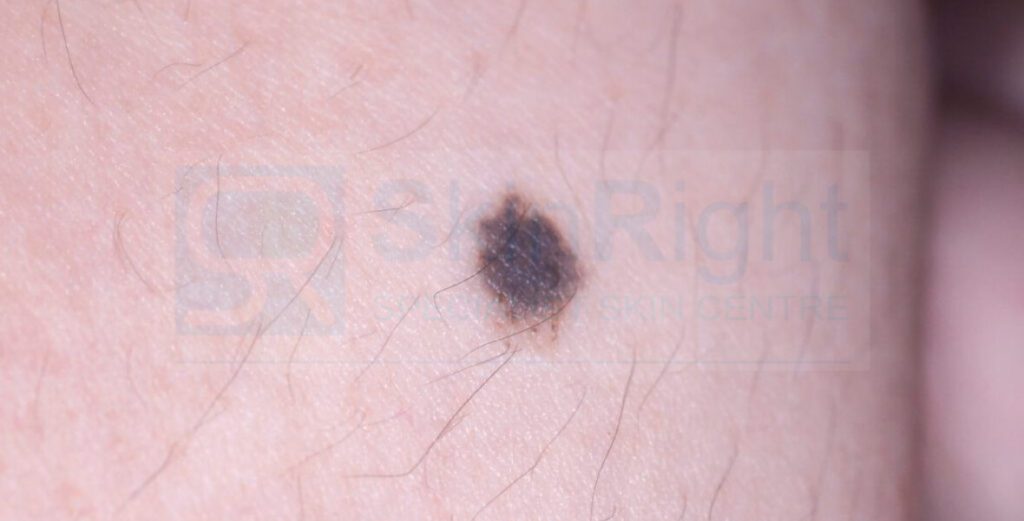
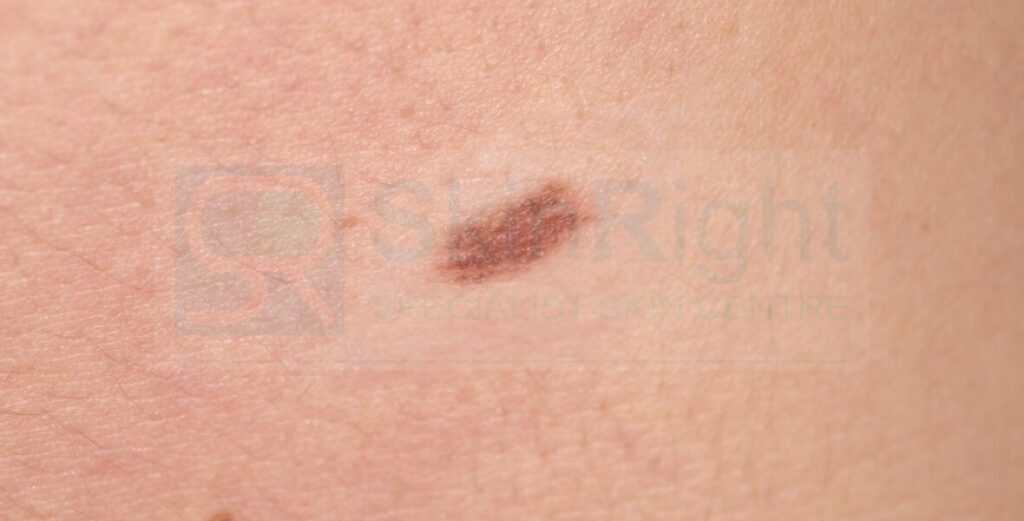
Understanding Melanocytic Nevus
A mole is also known as melanocytic naevus is a benign skin condition due to the accumulation of melanocytes. Melanocytes produce pigments called melanin which is responsible for the colors of moles. These moles can vary in color, size, and number, and while most are harmless, some may pose cosmetic concerns or, in rare cases, evolve into melanoma, a form of skin cancer.
People with fair skin tend to have more moles than others with dark skin. Genetic factors seem to have an important role in the development of moles among family members.
People who spend more time under the sun tend to have more moles.
Types of Moles
- Congenital Nevi: Present at birth and can vary greatly in size.
- Acquired Nevi: Develop over time, usually in childhood or early adulthood.
- Atypical or Dysplastic Nevi: Larger than average moles with irregular borders and varying colors, which may require monitoring.
It is crucial to distinguish the malignant nevi from the benign ones. If there is any clinical suspicion, doctors might suggest the patient to do a skin biopsy for pathological examination of the mole.
Related Video
The CO2 Laser Removal Technique
CO2 laser removal is a cutting-edge technique that uses concentrated light beams to vaporize the mole layer by layer. This precise method ensures that only the targeted tissue is affected, leaving surrounding healthy skin intact.
Only those clinically benign-looking moles can be safely removed by CO2 laser. Larger moles may require surgical excision to achieve better cosmetic outcomes and reduce the risk of recurrence.
How It Works
The CO2 laser emits a focused beam of infrared light absorbed by water in the skin cells. This absorption creates heat, which vaporizes the mole tissue. The procedure is generally quick, often completed within minutes, depending on the number and size of moles being treated.
Related Video
Benefits of CO2 Laser Mole Removal
CO2 laser removal offers several advantages over traditional methods like surgical excision or cryotherapy.
- Precision and Control: The laser allows for meticulous targeting of the mole, reducing damage to surrounding tissues and leading to better aesthetic outcomes.
- Minimal Scarring: Traditional surgical methods often leave noticeable scars, but the CO2 laser’s precision helps minimize scarring significantly.
- Reduced Risk of Infection: The laser sterilizes the area as it works, lowering the likelihood of infection.
- Short Recovery Time: Patients can expect a faster healing process compared to other methods, with most able to resume normal activities quickly.
Potential Complications
While CO2 laser mole removal is generally safe, it is not without potential risks and complications.
- Pigmentation Changes: Some patients may experience hypopigmentation (lightening) or hyperpigmentation (darkening) of the treated area. These changes are usually temporary.
- Scarring: Although the risk is lower than with surgical methods, there is still a slight chance of scarring.
- Infection: Though rare, infections can occur if the treated area is not properly cared for during recovery.
- Recurrence: In some instances, the mole could reappear, necessitating further treatment.
The Procedure
On the day of the procedure, the area will be numbed with a local anesthetic to ensure comfort. The dermatologist will then use the CO2 laser to carefully remove the mole. The procedure is relatively quick, often taking just a few minutes for each mole.
Related Video
Post-Treatment Care
Proper aftercare is crucial to ensure optimal healing and results. Following your dermatologist’s instructions will help minimize the risk of complications.
Essential Aftercare Tips
- Keep the Area Clean: Gently cleanse the treated area with normal saline or antiseptic solutions to prevent infection.
- Avoid Sun Exposure: Protect the treated area from direct sunlight by wearing sunscreen or covering it with clothing to prevent pigmentation changes.
- Avoid Picking or Scratching: Allow any scabs or crusts to fall off naturally to minimize scarring.
Conclusion
CO2 laser mole removal is a highly effective and safe option for those looking to remove moles for cosmetic or medical reasons. Its precision, minimal scarring, and quick recovery time make it an attractive choice for many patients. However, as with any medical procedure, it is essential to understand the potential risks and follow all pre- and post-treatment instructions carefully. By consulting with a qualified dermatologist, you can determine if CO2 laser removal is the right choice for your needs and ensure the best possible outcome.

